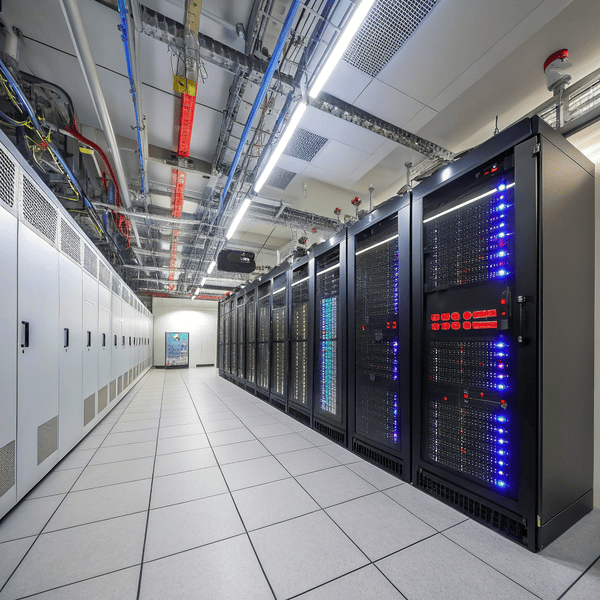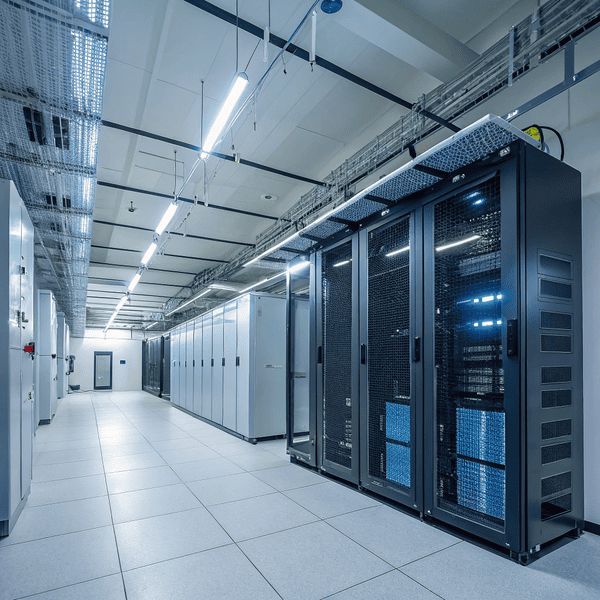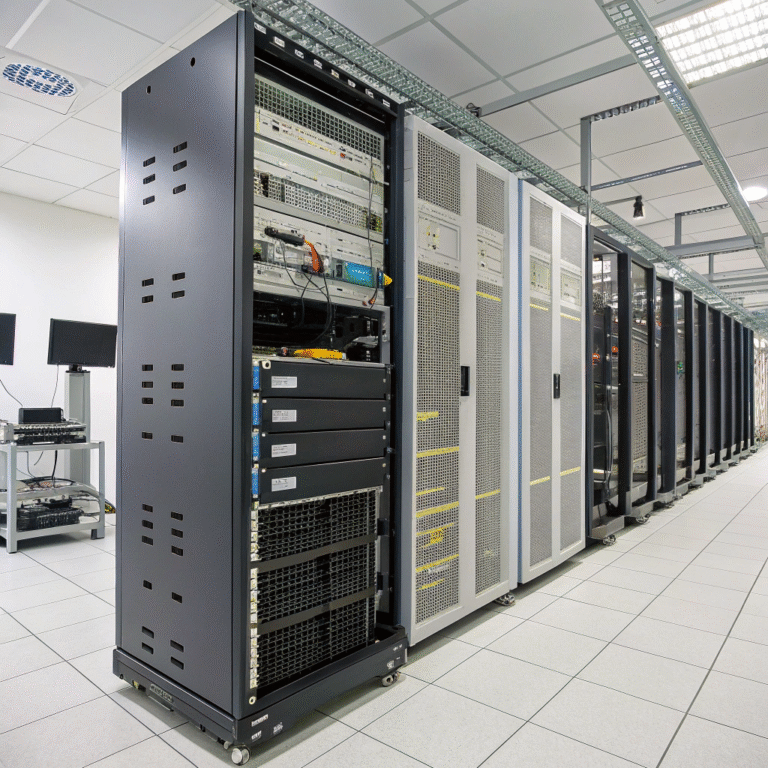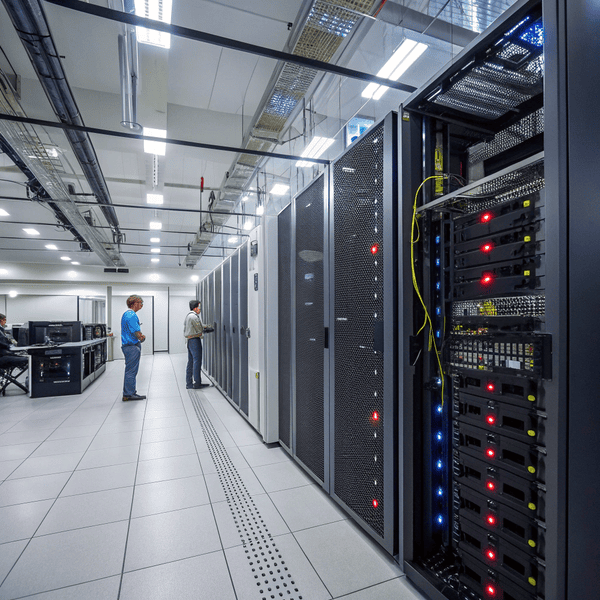When you try to build or upgrade a business server, the price of an enterprise SSD can shock you. Many wonder what drives these costs so high.
Enterprise SSDs cost more because they use premium-grade components, deliver long-term reliability, and include advanced features like power-loss protection and firmware for critical business operations.
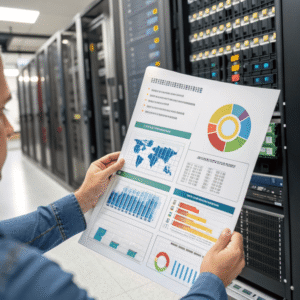
During my first years sourcing hardware for a client’s server project, I thought SSDs were all about speed. But after seeing repeated drive failures with regular consumer SSDs, I learned the hard way why companies trust only enterprise models. The peace of mind that comes with a warranty and a proven track record is often worth paying much more.
Why is enterprise hardware expensive?
People complain that business-grade hardware should not cost so much more than consumer gear. Yet, the price difference is not just about brand names.
Enterprise hardware is expensive because it is built for constant operation, offers extensive support, and is engineered for reliability and endurance in mission-critical settings.
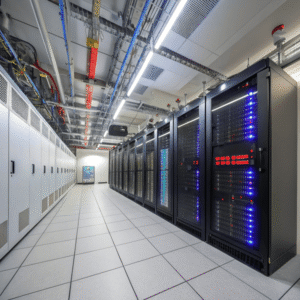
A few years ago, I supplied both consumer and enterprise devices for two business clients. The cheaper option failed within months, leaving everyone stressed. Enterprise devices ran non-stop, with backup systems and active monitoring. This gear uses tested chips, thicker PCBs, and comes with firmware that prevents lost data. The list below shows how enterprise hardware compares:
| Feature | Consumer Grade | Enterprise Grade |
|---|---|---|
| Duty Cycle | Light, stop/start | Continuous, 24/7 |
| Warranty/Support | 1-3 years, slow | 3-7 years, fast replacement |
| Error Correction | Basic | Advanced, multi-level |
| Endurance | Lower | Higher (PBs written) |
| Redundancy | Rare | Standard |
That extra price keeps businesses running, prevents costly downtime, and maintains data integrity.
Are enterprise SSDs worth it?
For small businesses, spending extra for an enterprise SSD might seem hard to justify. The higher price tag raises doubts.
Enterprise SSDs are worth it for critical applications, nonstop workloads, or any situation where downtime, data loss, or slowdowns cause serious problems.
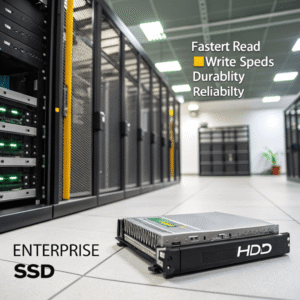
I often get asked if a home office or a creative studio really needs enterprise SSDs. The answer depends on risk. Enterprise SSDs excel at nonstop reads and writes, provide power-loss protection so data isn’t corrupted by outage, and use advanced algorithms to balance cell wear. While consumer SSDs work for personal or non-critical tasks, businesses often lose much more in productivity or reputation than the savings if downtime occurs. Here’s a decision guide:
| Scenario | Use Enterprise SSD? |
|---|---|
| Nonstop database or web server | Yes |
| File backup at home | No |
| Heavy video editing—professional studio | Recommended |
| Archival storage—rare reads/writes | Optional |
If your project cannot afford data loss or delays, going enterprise is not just a luxury but a must.
Why are SAS drives so expensive?
Not all storage devices are created equal. SAS drives, often paired with enterprise SSDs, are among the priciest. What’s behind that cost?
SAS drives are expensive because they deliver higher reliability, advanced error correction, dual-port access for redundancy, and longer warranties—all needed for demanding server environments.
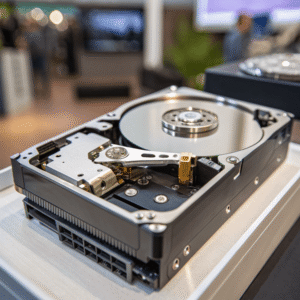
When managing a data center upgrade, I found out why engineers insist on SAS. Unlike SATA, SAS drives keep running through failures and are easier to swap out without pausing business. These drives use better bearings, premium memory, and firmware designed for uptime. They also use dual ports—if one controller fails, the other keeps the data available. Here's a basic rundown:
| Feature | SATA Drive | SAS Drive |
|---|---|---|
| Intended Environment | Home, small business | Enterprise, critical workloads |
| Endurance | Lower | Highest |
| Hot Swapping | Limited | Yes |
| Redundancy | Single port | Dual port |
| Warranty | 1-2 years | 5 years+ |
SAS drives cost more, but in enterprise settings, their durability and fail-safes make them a smart, long-term investment.
Conclusion
Enterprise SSDs and SAS drives are expensive because they deliver reliability, endurance, and advanced features. For businesses, the cost protects against failures and secures vital data.

